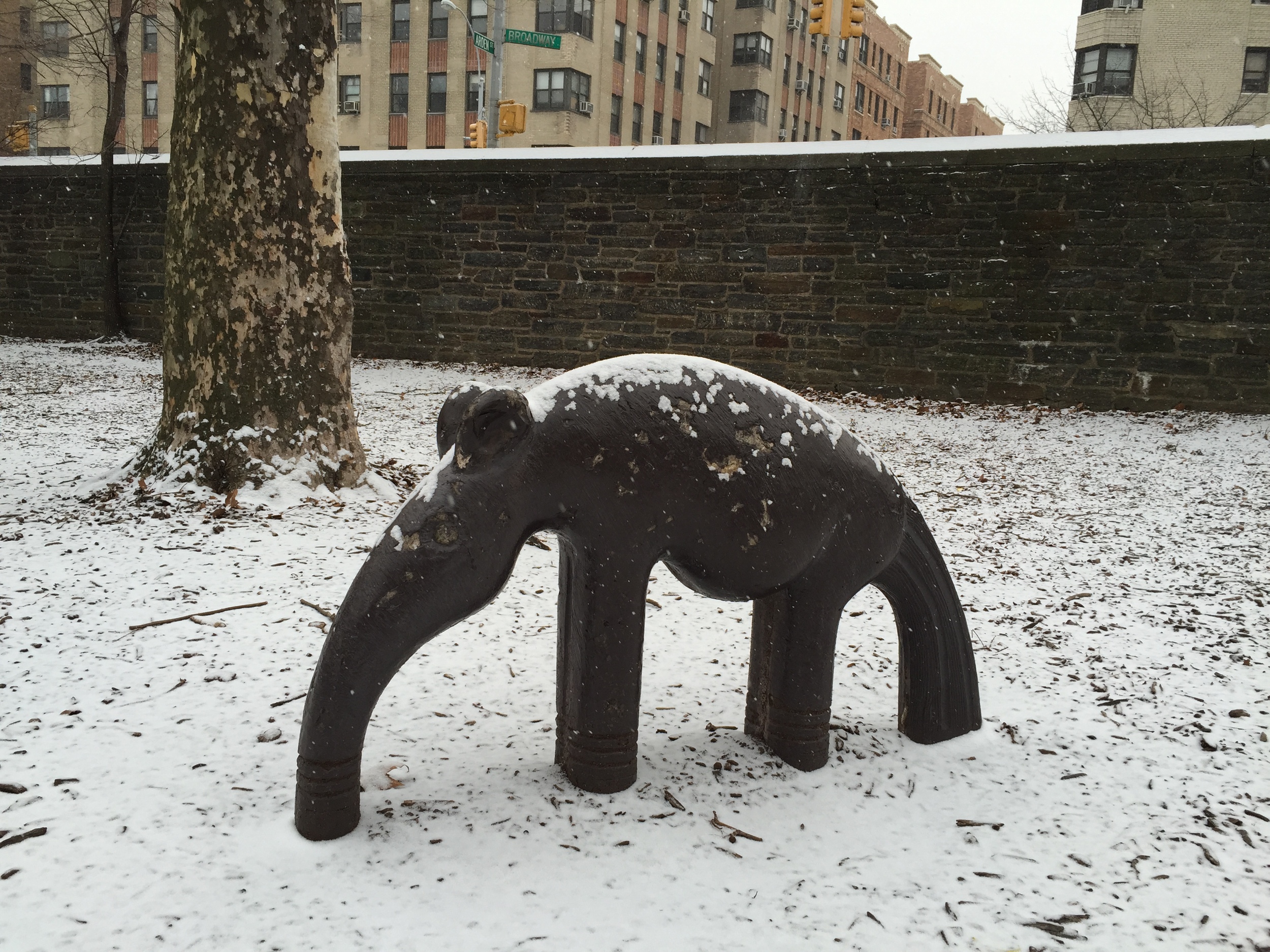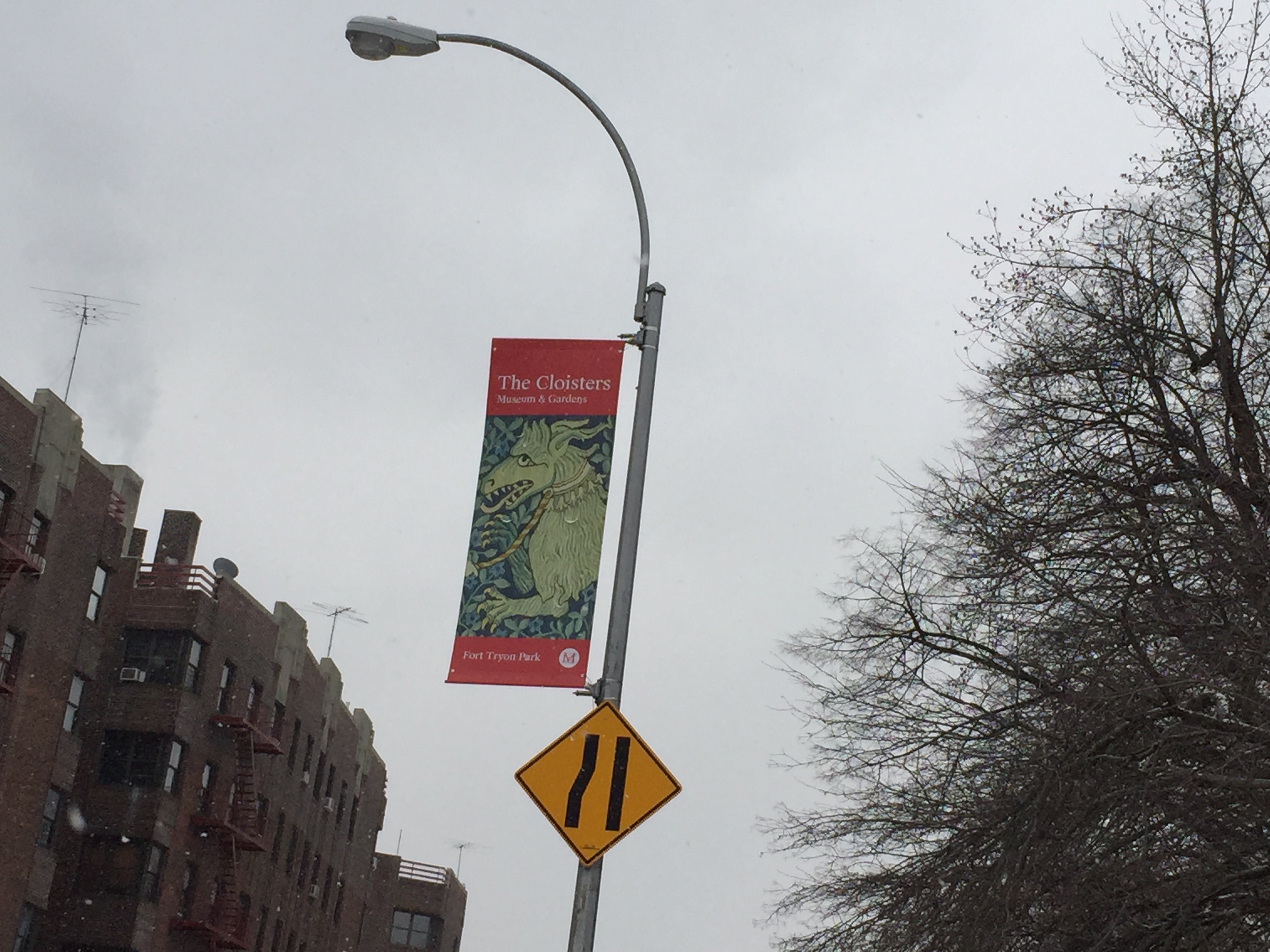As an Alexander Technique teacher who has also explored the practice of yoga, I have found that there are valuable ways in which these two disciplines can integrate and complement each other.
Both the Alexander Technique and yoga emphasize the importance of mind-body connection, body awareness, and conscious movement.
The key difference between the two is that Alexander Technique helps you overcome harmful patterns of movement.
Three benefits of integrating the two practices are:
By applying the principles of the Alexander Technique, such as recognizing and changing habitual patterns, yoga practitioners can develop a heightened sense of body awareness, allowing for greater precision and refinement in their yoga postures (asanas).
The Alexander Technique emphasizes the release of unnecessary tension, which can enhance the fluidity and ease of movement in yoga sequences.
Furthermore, the Alexander Technique's focus on natural alignment and balance can help yoga practitioners maintain proper alignment in poses, reducing the risk of strain or injury.
By incorporating the Alexander Technique into yoga, practitioners can cultivate a more mindful and integrated practice, unlocking new levels of physical and mental well-being.
When you come for your session with me, we can review poses and I will make suggestions for freer movement.
If you are interested in online yoga classes, I recommend Witold Fitz-Simon a certified teacher of the Alexander Technique and a certified yoga instructor. We both graduated from the American Center for the Alexander Technique (ACAT) in New York City. Be sure to tell Witold that I referred you.
Sources:
ChatGPT, personal communication, May 30, 2023
Witold Fitz-Simon, The Craft of Living, website, https://witoldfitzsimon.com/


















